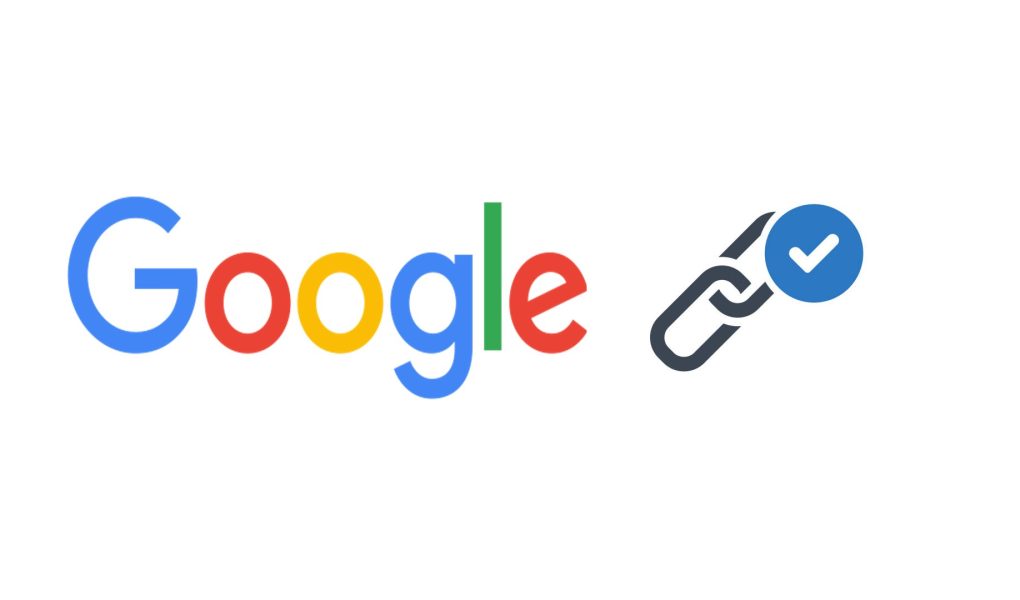A digital marketer knows link building is essential for improving website ranking. The more links you have, the higher the chance of ranking high on search engine result pages. This is why Google recently released a new link best practices guide to help you improve your link-building efforts. In this blog post, we’ll be discussing some of the most important takeaways from the guide that can help you improve your website ranking.
Table of Contents
Anchor Text Placement
Google wants you to use rich anchor text links as it tells them what the linked page is all about. Links without anchor text or with a blank anchor text do not help the algorithm to figure out what the page is about. Google suggests that if an anchor text is blank, but a link contains a title attribute, it will use the title attribute.
Also, Google wants you to use links with rich anchor text such as “ghost peppers” and descriptive alt text with images. You should also ensure that your anchor text is not too long or too short.
For example, Google would use the title attribute in the following link as an anchor text:
Here’s a normal link with an anchor text:
<a href=”https://www.example.com/”>Example Anchor Text</a>
This is a link that’s missing an anchor text but has a title attribute:
<a href=”https://www.example.com/” title=”Example Anchor Text”></a>
In the above example, the title element will be used by Google as if it’s an anchor text.
According to Ubersuggest, anchor text that is 2 to 5 words long is the ideal length for optimal rankings.
Writing Good Anchor Text
Google wants your anchor text to be descriptive, but not too long or too descriptive. Keyword stuffing is a violation of Google’s policy, so using two to five words in anchor text is ideal for optimal rankings. One-word anchor text is too generic and doesn’t help Google enough.
Spread Apart Your Links
Google doesn’t want multiple links too close to each other, whether they are internal or external links. Avoid having multiple links in a row, and make sure your links are spaced apart.
Image Links
With images, Google wants you to use alt text as the anchor text. This will help you get more Google image search traffic, as one-third of all Google searches are for images. Make sure you have descriptive alt text.
External Links
Google wants you to link to high-quality sites that are relevant to your content. Don’t link to low-quality or spammy sites, as this can hurt your SEO. Linking to relevant, high-quality sites will improve your ranking.
Internal Links
Linking to relevant pages helps Google understand your site’s structure and how your pages relate to each other. This helps your SEO by making it easier for Google to crawl and index your pages. Make sure your links are relevant to your content and provide value to your audience.
Conclusion
Google’s new link-building best practices guide is a valuable resource for digital marketers looking to improve their SEO. By following these guidelines, you can use links to enhance your website’s ranking and visibility. Make sure to use rich anchor text, spread apart your links, and link to high-quality, relevant pages to improve your SEO. With these best practices in mind, you can improve your website’s ranking and attract more traffic to your site.



